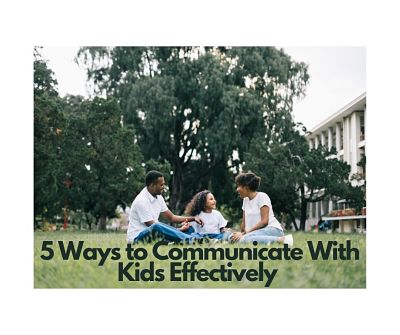Using the PRIDE Skills during Play
Parent-Child Interaction Therapy (PCIT) is an evidence-based treatment that aims to improve the relationship between a parent and their child. One of the key components of PCIT is the use of PRIDE skills, which are techniques that help parents build positive interactions with their children. In this blog post, we’ll take a closer look at the PRIDE skills in PCIT and how they can benefit both parents and children.
relationship between a parent and their child. One of the key components of PCIT is the use of PRIDE skills, which are techniques that help parents build positive interactions with their children. In this blog post, we’ll take a closer look at the PRIDE skills in PCIT and how they can benefit both parents and children.
PRIDE stands for praise, reflect, imitate, describe, and enjoy. Let’s break down each of these skills and explore how they can be used in PCIT:
Praise: This skill involves giving specific and positive feedback to your child for their good behavior. Praise can help build your child’s confidence, encourage positive behavior, and strengthen your relationship with them. When using praise in PCIT, it’s important to be specific about what behavior you’re praising and to use an enthusiastic tone of voice. For example, “Great job sharing your toys with me!”
Reflect: This skill involves repeating back to your child what they’ve said to you, to show that you’re listening and to help your child feel understood. Reflecting can help your child feel heard and validated, and can also help prevent misunderstandings. When using reflection in PCIT, it’s important to use the same words your child used and to maintain a calm and supportive tone of voice.
Imitate: This skill involves copying your child’s behavior to show that you’re interested in what they’re doing and to help them feel connected to you. Imitating can help your child feel validated and can also encourage positive behavior. When using imitation in PCIT, it’s important to be playful and lighthearted and to follow your child’s lead. For example, if your child is playing with blocks, you might start building your own tower.
Describe: This skill involves narrating your child’s behavior to help them learn new words and concepts, and to encourage positive behavior. Describing can help your child feel heard and understood, and can also help them develop their language skills. When using description in PCIT, it’s important to be specific about what your child is doing and to use a supportive and encouraging tone of voice. For example, “You’re stacking the blue block on top of the red block!”
Enjoy: This skill involves having fun with your child and enjoying positive experiences together. Enjoying can help build your relationship with your child and can also help them develop positive memories. When using enjoyment in PCIT, it’s important to be present in the moment and to focus on having fun with your child. For example, you might play a game together, go for a walk, or have a special snack together.
By using the PRIDE skills in PCIT, parents can strengthen their relationship with their child and encourage positive behavior. These skills can also help parents develop their own parenting skills, improve their communication with their child, and reduce their own stress and frustration. Overall, the PRIDE skills are an essential component of PCIT and can benefit both parents and children in many ways.
 Jeff LaPonsie is a clinical social worker at Kalamazoo Child and Family Counseling, PLLC. He provides counseling to children and families in the Kalamazoo, Portage, Mattawan, and the South West Michigan area. He is passionate about helping challenging children and frustrated parents. Jeff has over seven years of experience working with at-risk youth. His clinical expertise includes providing play therapy with children with behavioral, anxiety, attachment and trauma-related disorders.
Jeff LaPonsie is a clinical social worker at Kalamazoo Child and Family Counseling, PLLC. He provides counseling to children and families in the Kalamazoo, Portage, Mattawan, and the South West Michigan area. He is passionate about helping challenging children and frustrated parents. Jeff has over seven years of experience working with at-risk youth. His clinical expertise includes providing play therapy with children with behavioral, anxiety, attachment and trauma-related disorders.



Recent Comments